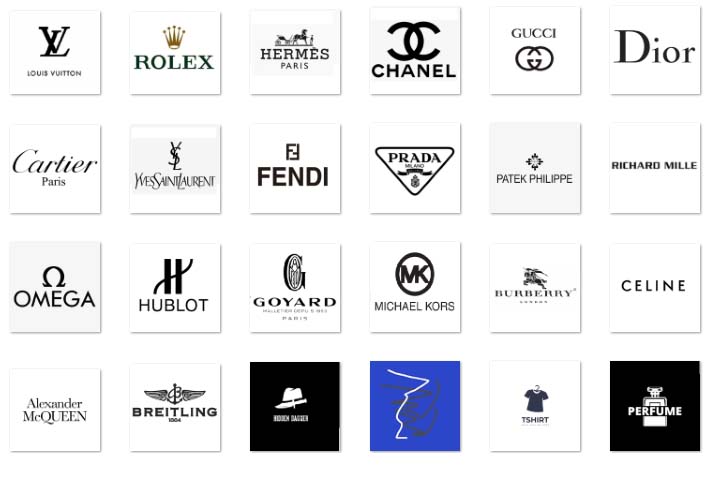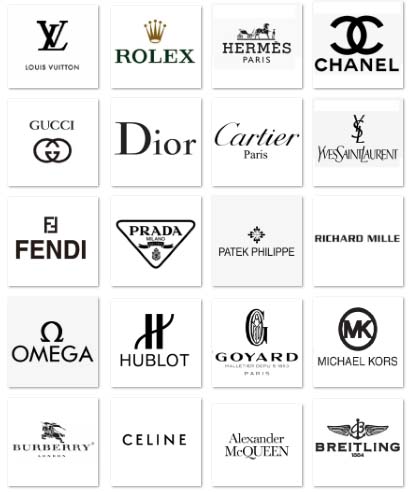concurrentiestrategie nike | nike market development strategies concurrentiestrategie nike Analyzing Nike Using Porter’s Five Forces Model: A Look Into Its Industry and Competitive Positions. 1. Industry or Competitive Rivalry. Competitive rivalry is a strong force for Nike. Competition is intense across the industry where it operates and the market it serves. $14.99
0 · nike productivity strategy
1 · nike market development strategies
2 · nike intensive growth strategies
3 · nike generic strategies
4 · nike cost management strategies
Ah, Steel Reserve. Don’t let those fancy new “Alloy Series” beverages confuse you — they wouldn’t be here if it weren’t for Steel Reserve 211, . See more
Analyzing Nike Using Porter’s Five Forces Model: A Look Into Its Industry and Competitive Positions. 1. Industry or Competitive Rivalry. Competitive rivalry is a strong force for Nike. Competition is intense across the industry where it operates and the market it serves.Today, we’ll discuss Porter’s five forces analysis of Nike; the bargaining power of suppliers and buyers; threats of new entrants and substitute products; and competitive rivalry in Nike five . Analyzing Nike Using Porter’s Five Forces Model: A Look Into Its Industry and Competitive Positions. 1. Industry or Competitive Rivalry. Competitive rivalry is a strong force for Nike. Competition is intense across the industry where it operates and the market it serves. This Five Forces analysis of Nike Inc. shows external factors that indicate competitive rivalry as the strongest force in the business environment. Customers, substitutes, and new entrants are moderate issues, while supplier power is the weakest force in the sporting goods industry environment.
Today, we’ll discuss Porter’s five forces analysis of Nike; the bargaining power of suppliers and buyers; threats of new entrants and substitute products; and competitive rivalry in Nike five forces analysis. The following are the generic competitive strategies of Nike Inc.: Differentiation (Sporting goods for the general population) Differentiation Focus (Sports-specific or activity-specific products) Cost Leadership (Cost minimization in manufacturing) Nike is the leading company in sports apparel in the US with an 18.3 percent market share while the Adidas holds 6 percent of the market share (Statista, 2019). In the case of Sports footwear, Nike is again leading with 21.1 percent market share in the US while the Adidas is behind by holding 5 percent of the total market (Statista, 2018).By applying Porter’s Five Forces analysis, Nike can make informed decisions, anticipate industry changes, and navigate the competitive landscape effectively. This enables Nike to maintain its market position, differentiate its products, and sustain long-term growth in .

The Nike Business Model Canvas showcases the key elements of Nike's business model, including its value proposition, customer segments, key activities, and revenue streams. Nike faces competition from companies such as Adidas, Under . Each hurdle had the potential to put them out of business, but they fought against all odds and emerged to be the most dominant player in the sportswear market. Today, let us analyze the industry and the business model & strategies that made Nike a success story. Unravel the success formula behind Nike's global strategy—adaptable pricing, localized marketing, and a commitment to human capital.Competitor analysis is a strategic research method companies use to identify, evaluate, and understand their current and potential competitors within the market. Now let’s do a competitor analysis of Nike.
Analyzing Nike Using Porter’s Five Forces Model: A Look Into Its Industry and Competitive Positions. 1. Industry or Competitive Rivalry. Competitive rivalry is a strong force for Nike. Competition is intense across the industry where it operates and the market it serves. This Five Forces analysis of Nike Inc. shows external factors that indicate competitive rivalry as the strongest force in the business environment. Customers, substitutes, and new entrants are moderate issues, while supplier power is the weakest force in the sporting goods industry environment.
Today, we’ll discuss Porter’s five forces analysis of Nike; the bargaining power of suppliers and buyers; threats of new entrants and substitute products; and competitive rivalry in Nike five forces analysis. The following are the generic competitive strategies of Nike Inc.: Differentiation (Sporting goods for the general population) Differentiation Focus (Sports-specific or activity-specific products) Cost Leadership (Cost minimization in manufacturing) Nike is the leading company in sports apparel in the US with an 18.3 percent market share while the Adidas holds 6 percent of the market share (Statista, 2019). In the case of Sports footwear, Nike is again leading with 21.1 percent market share in the US while the Adidas is behind by holding 5 percent of the total market (Statista, 2018).By applying Porter’s Five Forces analysis, Nike can make informed decisions, anticipate industry changes, and navigate the competitive landscape effectively. This enables Nike to maintain its market position, differentiate its products, and sustain long-term growth in .
The Nike Business Model Canvas showcases the key elements of Nike's business model, including its value proposition, customer segments, key activities, and revenue streams. Nike faces competition from companies such as Adidas, Under . Each hurdle had the potential to put them out of business, but they fought against all odds and emerged to be the most dominant player in the sportswear market. Today, let us analyze the industry and the business model & strategies that made Nike a success story. Unravel the success formula behind Nike's global strategy—adaptable pricing, localized marketing, and a commitment to human capital.
gucci card waller
nike productivity strategy
nike market development strategies
nike intensive growth strategies

$4,450.00
concurrentiestrategie nike|nike market development strategies


























